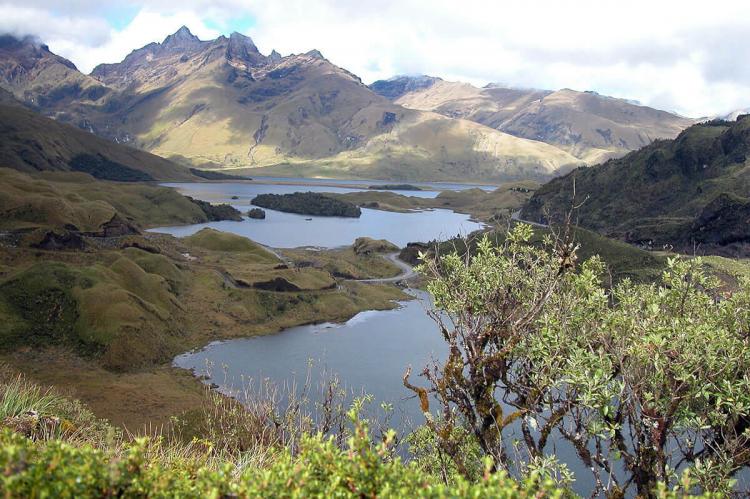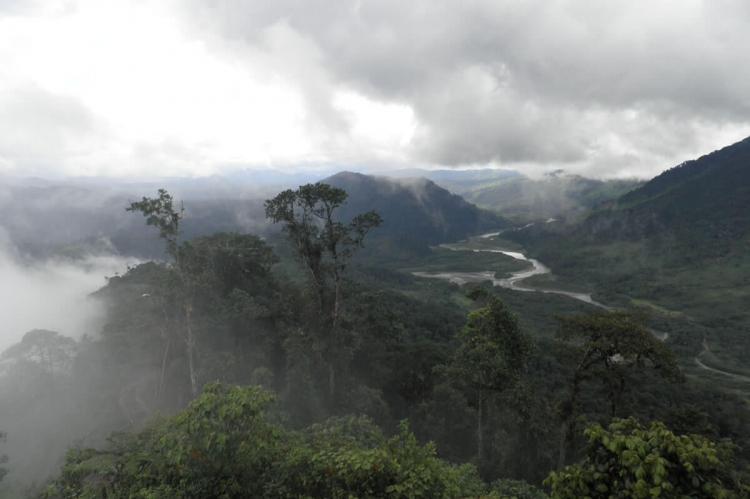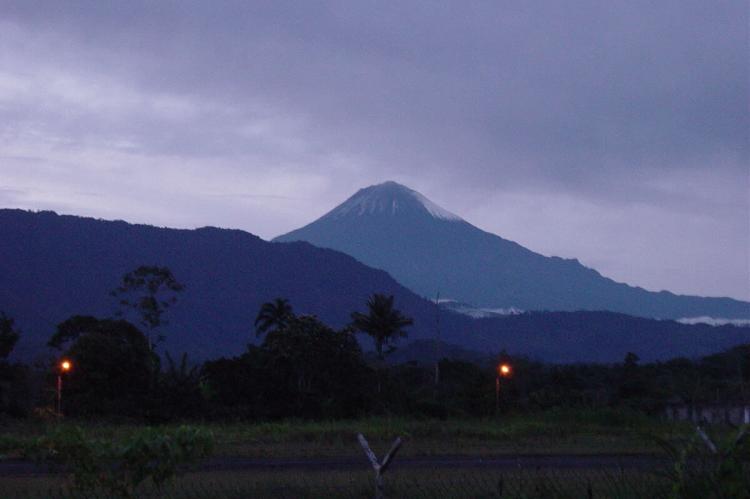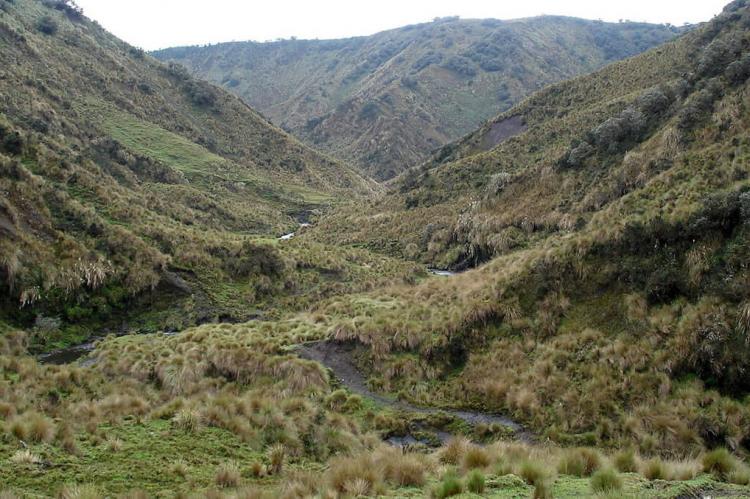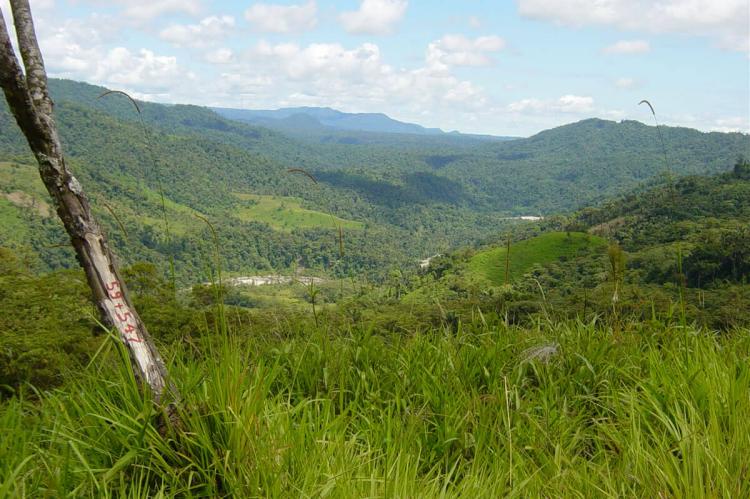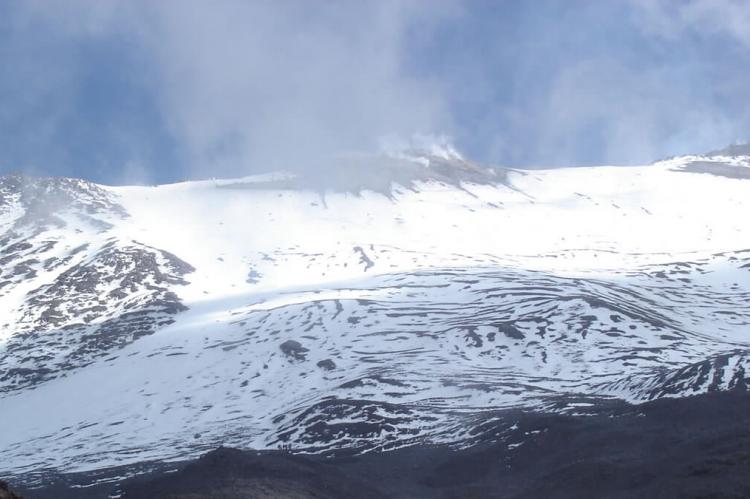Sangay National Park: Ecuador's Volcanic Wonderland
Sangay National Park in Ecuador's Andean region is a World Heritage Site with extraordinary biodiversity and geological marvels. The park features diverse ecosystems, from glacial peaks to lush rainforests, all under the watchful gaze of one of the world's most active volcanic giants.
Sangay National Park: Ecuador's Volcanic Wonderland
Deep within the heart of Ecuador's Andean region lies a natural wonder of epic proportions – Sangay National Park. This World Heritage Site, spanning 270,000 hectares (667,000 acres) across the provinces of Morona Santiago, Chimborazo, and Tungurahua, is the true epitome of Ecuador's extraordinary biodiversity and geological marvels.
Encompassing two active volcanoes, Tungurahua and Sangay, as well as the extinct El Altar (Kapak Urku), this park offers visitors a unique opportunity to witness the entire spectrum of Ecuador's ecosystems, from glacial peaks to lush rainforests, all under the watchful gaze of one of the world's most active volcanic giants.
Volcanic Splendor
The Mighty Sangay Volcano
At the heart of Sangay National Park lies the Sangay volcano, a stratovolcano that marks the southern boundary of the Northern Volcanic Zone. This active volcanic giant, which erupted at least eleven times during the Holocene epoch, straddles two major tectonic plates – the Nazca Plate and the South American Plate – contributing to its high activity level. Formed by volcanic processes associated with the subduction of the Nazca Plate under the South American Plate at the Peru-Chile Trench, Sangay has been in a state of continuous eruption since October 2021, a testament to the raw power and dynamism of Earth's internal forces.
A Geological Marvel
The geological significance of Sangay National Park extends far beyond its namesake volcano. The park's altitudinal range spans from 900 meters (2,950 feet) to an impressive 5,319 meters (17,450 feet) above sea level, encompassing the towering peaks of the Tungurahua (5,016 meters or 16,456 feet), Sangay (5,230 meters or 17,158 feet), and Altar (5,319 meters or 17,450 feet) volcanoes. This diverse topography and the park's active volcanic processes have created a unique and ever-evolving landscape, making it a prime destination for geologists, volcanologists, and adventure seekers alike.
Biodiversity Hotspot
A Tapestry of Ecosystems
Sangay National Park is a true testament to the incredible diversity of life found in Ecuador. Within its boundaries, visitors can experience a breathtaking tapestry of ecosystems, including cloud forests, the Amazon rainforest, wetlands, lakes, fragile moorlands (páramos), and highland grasslands. This remarkable combination of habitats provides a haven for a rich array of flora and fauna, including many threatened species.
Rare and Endangered Species
Among the park's most notable inhabitants are the elusive Mountain Tapir and the iconic Spectacled Bear, both of which face significant conservation challenges. The forests of Sangay National Park also serve as a sanctuary for the giant otter, jaguar, ocelot, margay, Brazilian tapir, white-tailed deer (Odocoileus virginianus ustus), little red brocket deer, and the diminutive Northern pudu. Additionally, the park is home to the cougar and pampas cat and a remarkable 300 to 400 bird species, making it a birdwatcher's paradise.
Wetlands and Páramos
A Hydrological Marvel
Sangay National Park is renowned for its terrestrial wonders and impressive hydrological system. The park boasts a vast network of wetlands, comprising 327 lakes covering a surface area of 31.5 square kilometers (12.2 square miles). These wetlands are crucial in protecting and generating local, national, and regional environmental services, supporting diverse aquatic life and serving as a vital water source for nearby communities.
The Páramo Ecosystem
Another unique feature of Sangay National Park is its extensive páramo ecosystem, one of the largest areas of montane grassland vegetation found in Ecuador. These high-altitude grasslands, characterized by their unique flora and fauna, are a fragile and often overlooked ecosystem that plays a vital role in regulating water cycles and sustaining local communities.
Sangay National Park is a true gem in Ecuador's natural heritage. It offers visitors an unparalleled opportunity to witness the raw power of active volcanoes, explore diverse ecosystems, and encounter rare and endangered species. Its geological and ecological wonders make it a prime destination for scientists, adventurers, and nature enthusiasts, reminding them of preserving these natural treasures for future generations.
